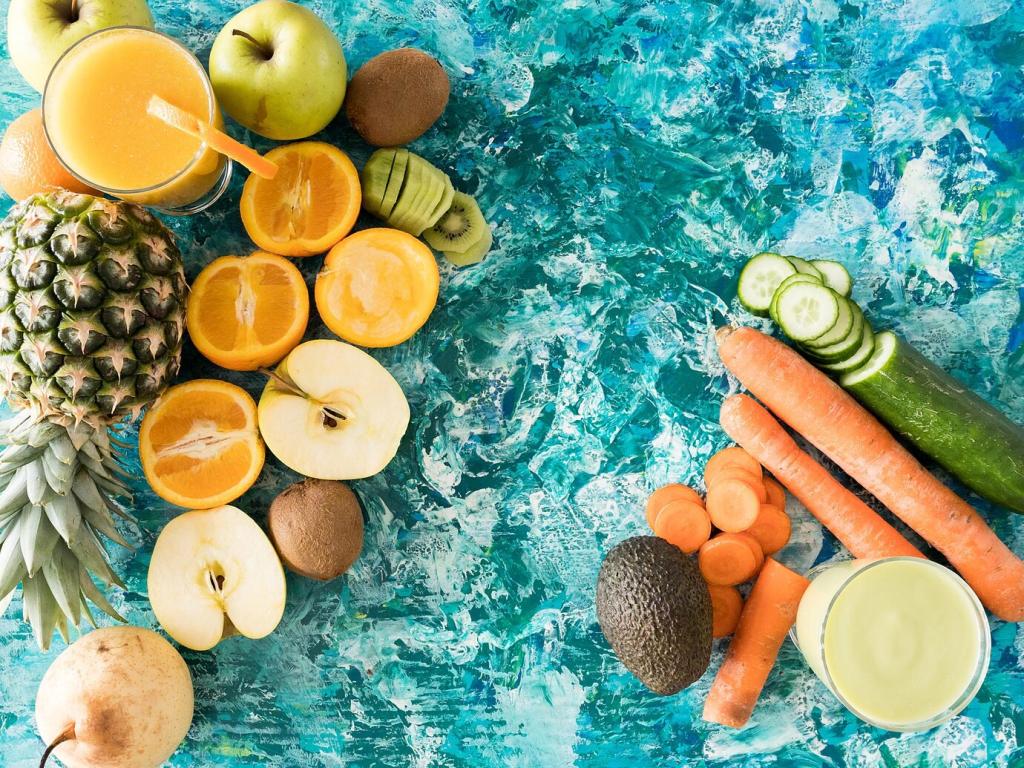Timing Your Protein for Maximum Effect
A balanced pre-workout meal with protein gives your body amino acids during the session, especially helpful for early morning training. Light options curb discomfort while fueling performance. What’s your go-to pre-workout protein source that feels good and digests smoothly?
Timing Your Protein for Maximum Effect
You don’t need to chug a shake in sixty seconds, but a timely post-workout serving supports repair. Think within a few hours, not minutes. Pair with carbs, hydrate, and breathe. Share how you time your protein so others can learn from real habits.
Timing Your Protein for Maximum Effect
Slow-digesting protein before bed can deliver amino acids through the night, supporting overnight repair. Cottage cheese, casein, or Greek yogurt work beautifully. If you’ve tried this, did you notice better morning readiness? Drop your experience to help the community refine nighttime routines.
Timing Your Protein for Maximum Effect
Lorem ipsum dolor sit amet, consectetur adipiscing elit. Ut elit tellus, luctus nec ullamcorper mattis, pulvinar dapibus leo.









